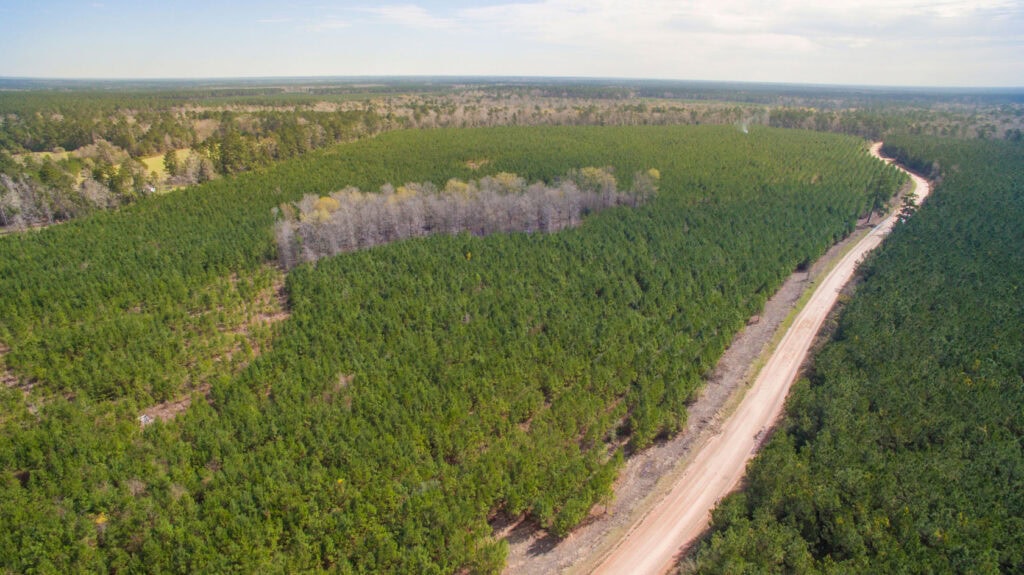Roads – where did they come from? Most roads came by necessity to get to market (trade areas that became towns) or to water or to work. Landowners picked the easiest route, whether that be along a ridge or other high ground or something else. This was often between properties; therefore, along common property boundaries. If the route became popular enough, the path became a “road.” No government entity stated it as so, it just was. As the “road” developed, landowners may have maintained it with a blade behind a mule or tractor, increasing its use and establishment as a road. Eventually, said roads were adopted by the county, and with tax money, maintained by county road crews. But there was never a document that stated the road became “owned” by the county. Which brings us full circle.
In the land business, we encounter different types of roads every day: Interstate Highways, US Highways, State Highways, and Farm-to-Market roads, which are easy, as all have an associated Right-Of-Way (ROW) established by the applicable entity. However, when it comes to other (rural) roads, such as “county roads,” the ROW is not so clear. As previously mentioned, these types of roads just became. There were no established ROW’s or dedication for their ownership and maintenance. Thus, when counties began collecting property taxes, part of said taxes were used to maintain said roads even though the county didn’t “own” them. Many counties have passed proclamations, or declarations, establishing roads as “county maintained” roads and establishing a county ROW (i.e. 40, 50, 60 feet). The county still does not own this ROW but establishes a width which cannot be obstructed (by fencing or other improvements). The ground underneath the road remains the ownership of the landowners over which the road travels.
Of note, most property taxing entities will net out any of your land that falls within a “county road” for property tax purposes.
Of further note, “county roads” are public access and insurable access by a title insurance company. Thus, are considered legal access. Google maps, and other online mapping sites, are riddled with roads that are not “county” or “public.” Just because a white line is drawn on a mapping site, does not mean it is a road, nor is it public.
In the event your property does not have access to a public road, you could face an issue with obtaining a formal easement. Property values can be affected 50+/- % in the event they have no public or insurable access. Using a qualified realtor (HomeLand Properties) is a good resource to understand and determine your property’s road accessibility.





